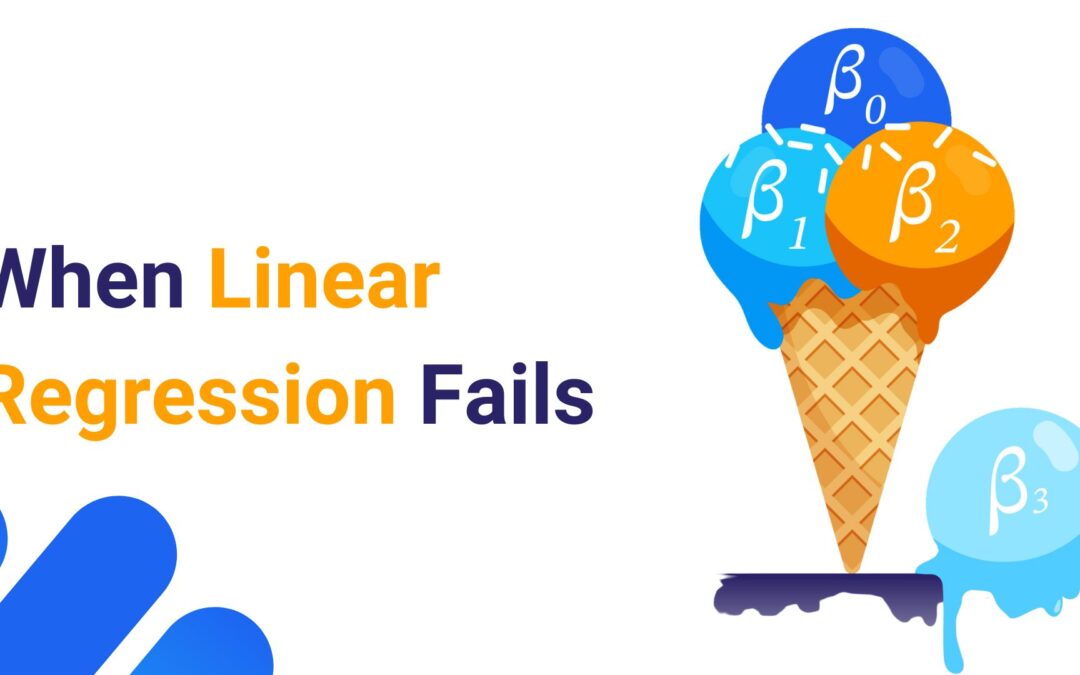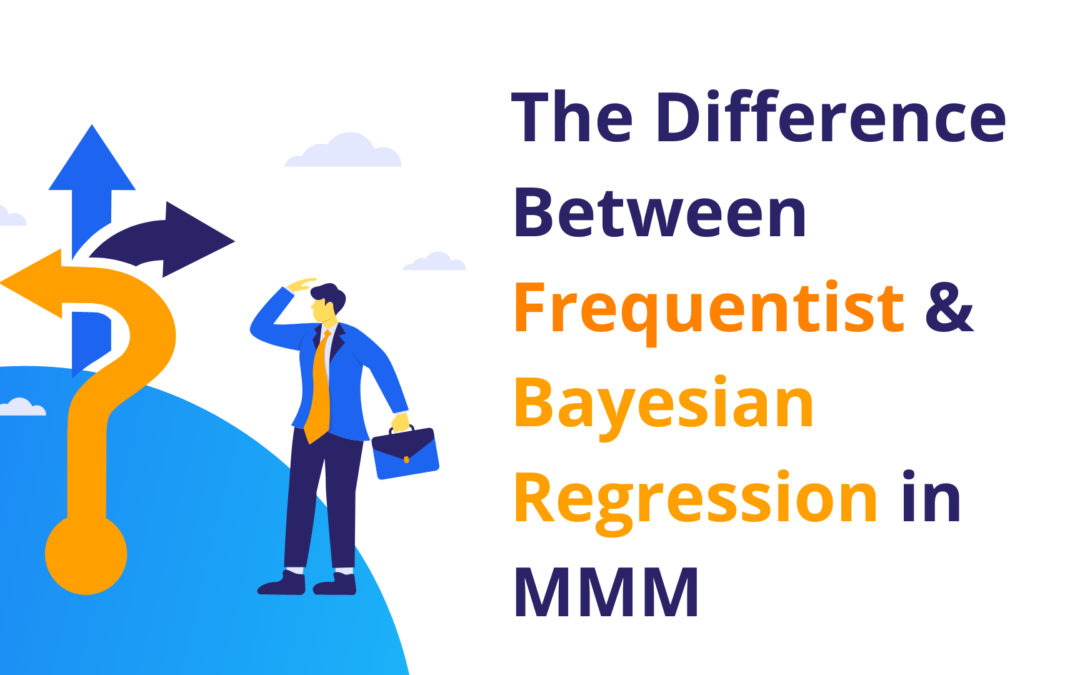
Calendar Variables in Marketing Mix Modeling
Discover the Calendar Variables in Marketing Mix Modeling. Learn about dummy, window, interval, trend, and periodic variables’ significance for accurate insights.
Leverage a wide range of Marketing Mix Modeling Consultancy services
Learn More →
Discover a modern approach to running Marketing Mix Modeling Projects
Learn More →
End-to-end Marketing Mix Modeling Software
Learn More →
Data Preparation Software
Learn More →
Data Optimization Software
Learn More →
MASS Analytics offers the best-in-class Marketing Mix Modeling Solutions.

Start Your Journey Today and Join our team!
Learn More →
Where Marketing Meets Measurement
Learn More →
Get Your Questions Answered
Learn More →
We Comply with the highest Information Security Standards
Learn More →
At MASS Analytics, we place a high value on an atmosphere that encourages innovation and teamwork

Discover the ins and outs of MMM
Watch a recap of our events
Find answers to your MMM questions
Get an in-depth look into MMM
Explore real-life projects
Our Products Factsheets
Empower yourself with the knowledge and tools to run successful Marketing Mix Modeling projects.
Marketing Mix Modeling for Multi-regional Retailers
Learn More →
Marketing Mix Modeling for CPG Companies
Learn More →
Marketing Mix Modeling for E-commerce
Learn More →
Marketing Mix Modeling for Financial Institutions
Learn More →

Discover the Calendar Variables in Marketing Mix Modeling. Learn about dummy, window, interval, trend, and periodic variables’ significance for accurate insights.

Previously in our series, we explored how optimization works in the context of Marketing Mix Modeling. In this article, learn how to predict business outcomes, like sales’ forecast and media performance, with your MMM model!
Your manager developed different media investment scenarios, and they want to know which one is best to implement.
Using the Marketing Mix Model equation that you have created, you can predict the outcome that will be generated by implementing each of those scenarios. You will also be capable of comparing the outcome across all of them and advise your manager about the best plan to follow to grow the brand and help the business. That’s what prediction is all about!

After creating your Marketing Mix Model, you need to provide the business with actionable insights they can use to optimize the performance of their brands. This is where Optimization comes in, as part of the deployment phase of the MMM workflow.
If you’re not confident yet with your model performance, check the previous article, from this series, on the modeling phase. Optimization can only give meaningful results if the previous steps were properly done.

Previously in the series, we explained the powerful uses of log-linear modeling. In this article, we learn about nested modeling, the advanced technique used to disentangle the impact of interactions between marketing channels.
When doing MMMs, you would ideally have each marketing variable influence sales separately: Search activity influences sales. TV influences sales etc. This assumes that there is no interaction between search and television. In real life, however, this is not the case.

Imagine you’re the CEO of an ice cream company.
You have the best-selling ice cream in the nation. Very tasty stuff!
One day, you notice your sales numbers dropping. You look at the possible suspects but you’re not seeing an obvious reason for the decrease.
You look for a way to understand exactly what’s driving your sales. Being the savvy CEO that you are, you commission a Marketing Mix Modeling project to get to the bottom of it.
Your marketing analytics team gets to work and comes up with an initial model about the sales of your beloved ice cream. It looks like this:

Discover the Difference between Frequentist and Bayesian Regression in Marketing Mix Modeling. Learn how they impact your marketing strategies